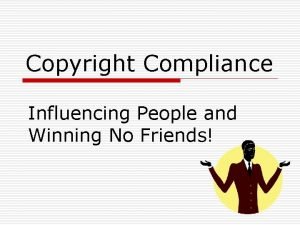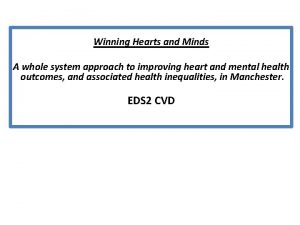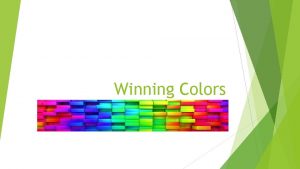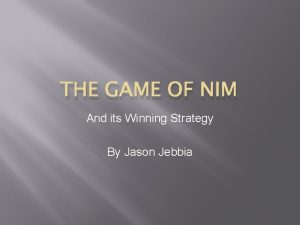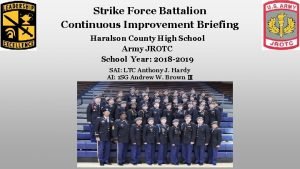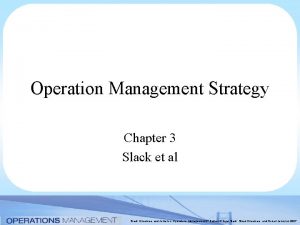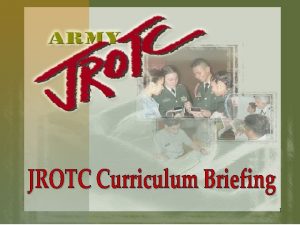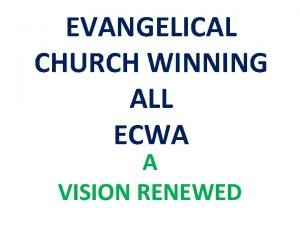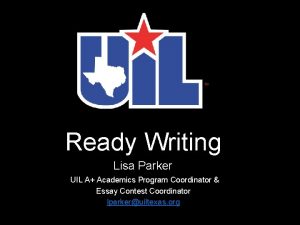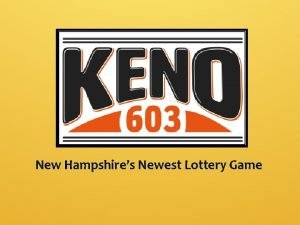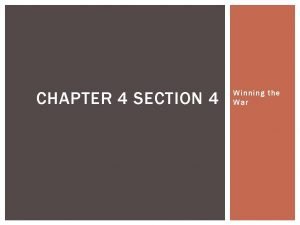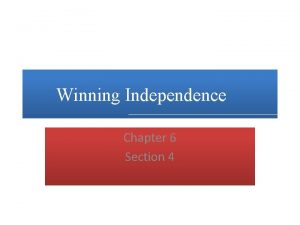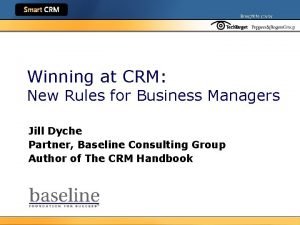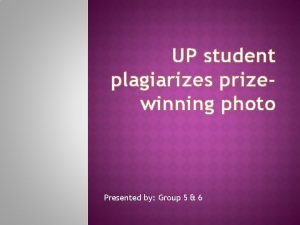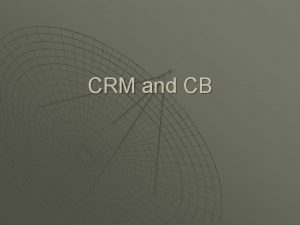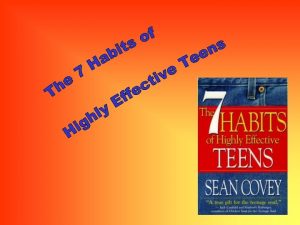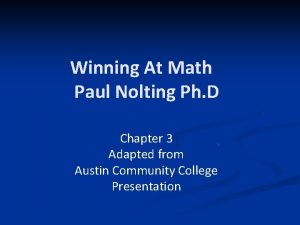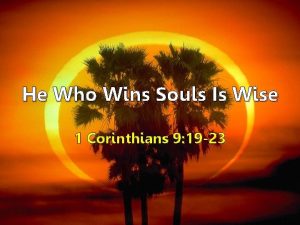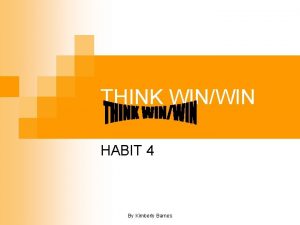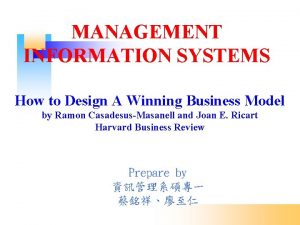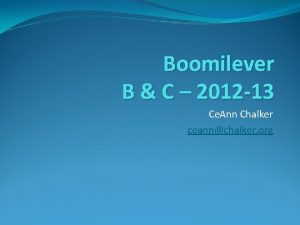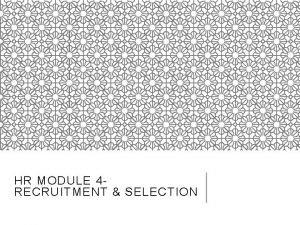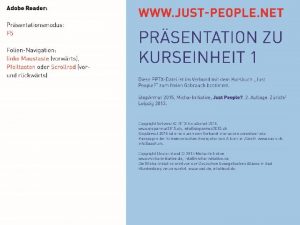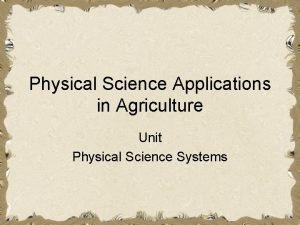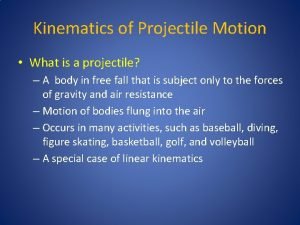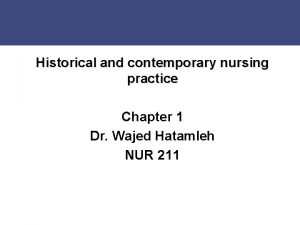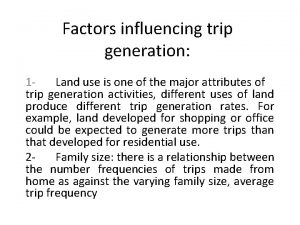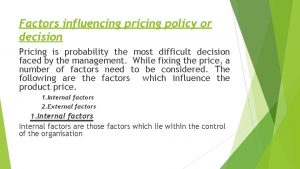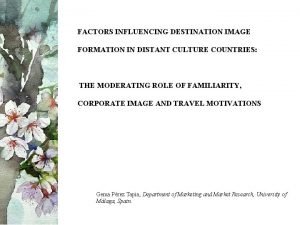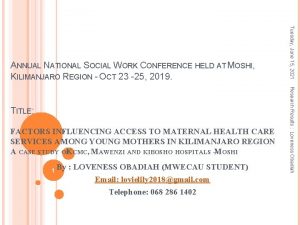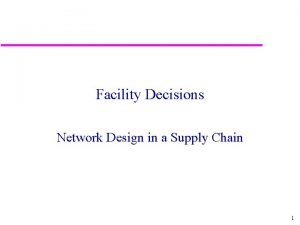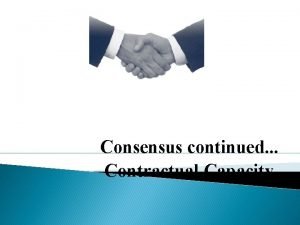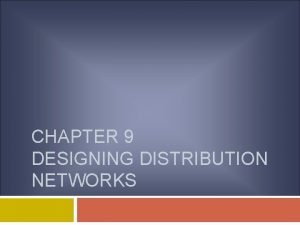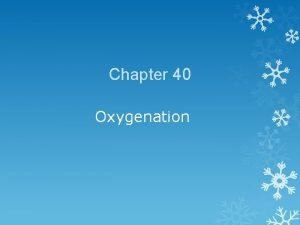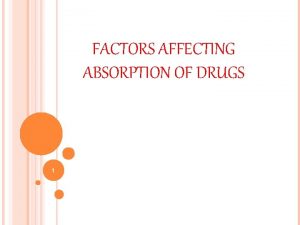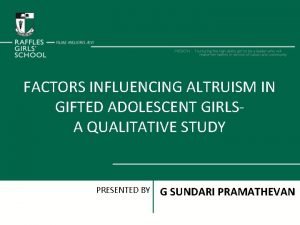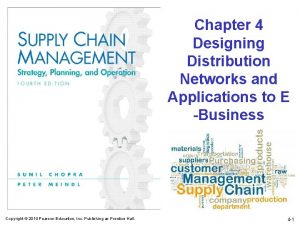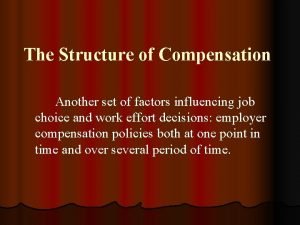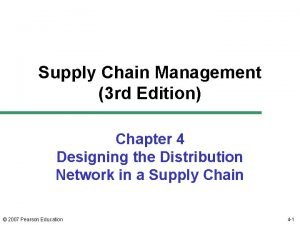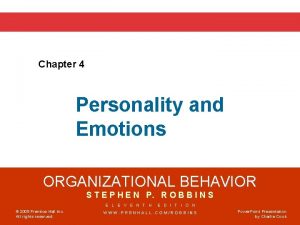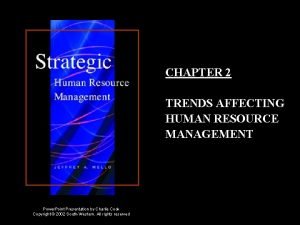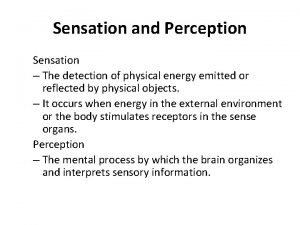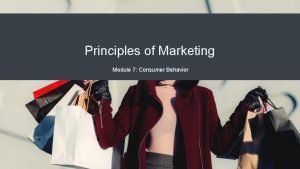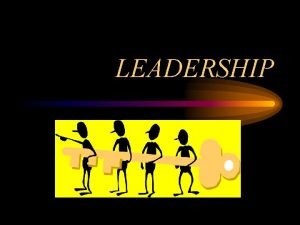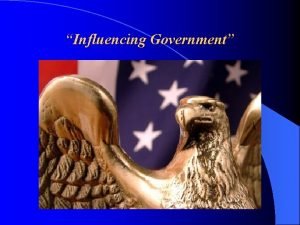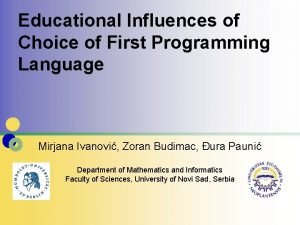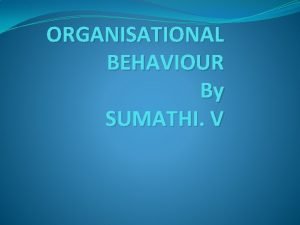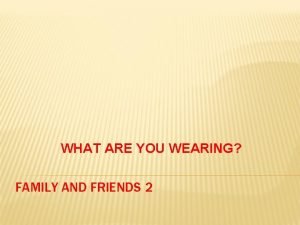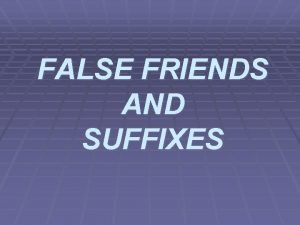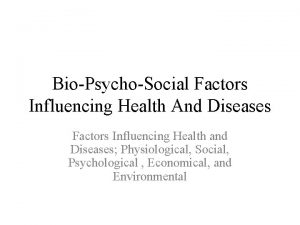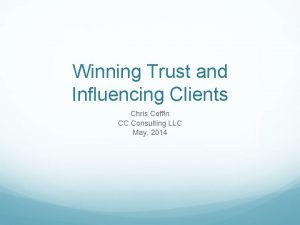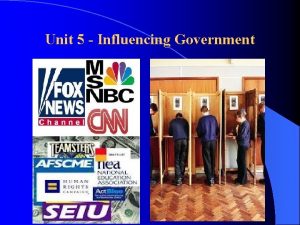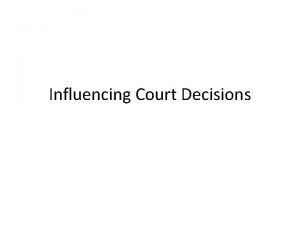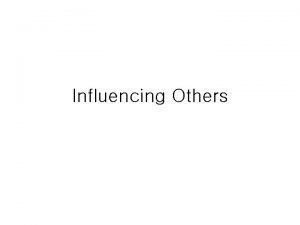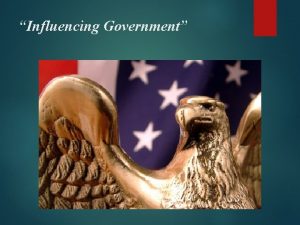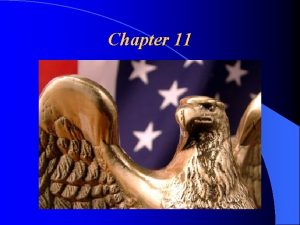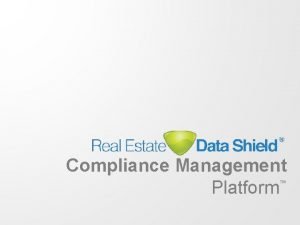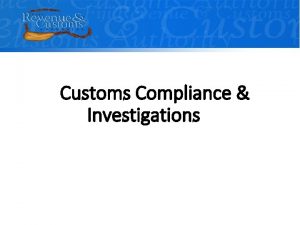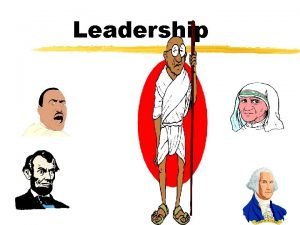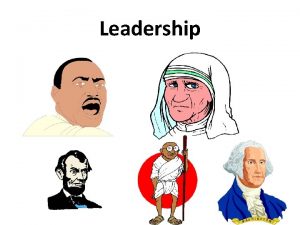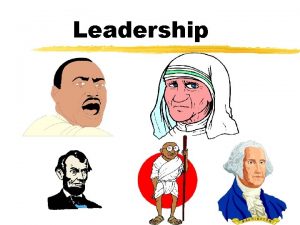Copyright Compliance Influencing People and Winning No Friends
















































































- Slides: 80

Copyright Compliance Influencing People and Winning No Friends!

Finding Common Ground Defining Copyright

What is copyright? “The statutory privilege extended to creators of works that are fixed in a tangible medium of expression. ” (Bruwelheide, 1995)

Finding Common Ground What requires us to teach about copyright, fair use, and plagiarism?

Why be concerned with copyright compliance? o o Respect intellectual rights of creators of information Reward creativity of authors, artists, musicians, etc. Legal mandate Model proper behavior

SC Academic Standards address copyright, intellectual freedom, plagiarism

SC ELA Academic Standards o o Beginning in 4 th grade: Create a list of sources that contains information (including author, title, and full publication details) necessary to properly credit and document the work of others. 6 -6. 2 Use direct quotations, paraphrasing, or summaries to incorporate into oral or written works the information gathered from a variety of research sources.

SS Standards – Literacy Elements o o o Demonstrate responsible citizenship within the school community and the local and national communities Locate, gather, and process information from a variety of primary and secondary sources including maps Interpret and synthesize information obtained from a variety of sources—graphs, charts, tables, diagrams, texts, photographs, documents, and interviews

SS Standards – Literacy Elements o o o Plan and organize a geographic research project (e. g. , specify a problem, pose a research question or hypothesis, identify data sources) Use a variety of media to develop and organize integrated summaries of social studies information Apply geographic models, generalizations, and theories to the analysis, interpretation, and presentation of geographic information

Science Standards o o Changing from one form of representation (e. g. , numerical) to another (e. g. , verbal) (e. g. , Paraphrase important speeches and documents) Knowledge of outlining as a means of capturing the structure of a unit of subject matter in a textbook, knowledge of the use of heuristics

Other Standards - ISTE NETS-Students - AASL Standards for the 21 st Century Learner - SC Internet Safety Standards

NETS for Students 5. Digital Citizenship a. b. Students understand human, cultural, and societal issues related to technology and practice legal and ethical behavior. Students: Advocate and practice safe, legal, and responsible use of information and technology. Exhibit a positive attitude toward using technology that supports collaboration, learning, and productivity. National Educational Technology Standards for Students: The Next Generation. . (2007) Washington, D. C. : International Society for Technology in Education. Available online at http: //www. iste. org/Content/Navigation. Menu/NETS/For_Students/NETS_S. htm

NETS for Students 5. Digital Citizenship c. d. Students understand human, cultural, and societal issues related to technology and practice legal and ethical behavior. Students: Demonstrate personal responsibility for lifelong learning. Exhibit leadership for digital citizenship. National Educational Technology Standards for Students: The Next Generation. . (2007) Washington, D. C. : International Society for Technology in Education. Available online at http: //www. iste. org/Content/Navigation. Menu/NETS/For_Students/NETS_S. htm

Standards for the 21 st Century Learner 1. Inquire, think critically, and gain knowledge 1. 3. 1 Respect copyright/intellectual property rights of creators and producers. 1. 3. 3 Follow ethical and legal guidelines in gathering and using information. 1. 3. 5 Use information technology responsibly. Standards for the 21 st-Century Learner. (2008) Chicago, IL: American Association of School Librarians. Available online at http: //www. ala. org/aasl/standards

Standards for the 21 st Century Learner 3. Share knowledge and participate ethically and productively as members of our democratic society. 3. 1. 6 Use information and technology ethically and responsibly. Standards for the 21 st-Century Learner. (2008) Chicago, IL: American Association of School Librarians. Available online at http: //www. ala. org/aasl/standards

Standards for the 21 st Century Learner 4. Pursue personal and aesthetic growth. 4. 3. 4 Practice safe and ethical behaviors in personal electronic communication and interaction. Standards for the 21 st-Century Learner. (2008) Chicago, IL: American Association of School Librarians. Available online at http: //www. ala. org/aasl/standards

SC Internet Safety Standards o o Standard 1: Students recognize their rights and responsibilities in using technologies within the context of today’s world. Standard 3: Students recognize the ethical and legal issues while accessing, creating, and using digital tools and resources in order to make informed decisions. http: //www. ed. sc. gov/Internet. Safety/

Liabilities and Penalties Who is liable? Direct How much are the fines? In-Direct Innocent Infringement

Finding Common Ground Defining Fair Use

Fair Use o Applies to all types of media o To give certain users conditional permission to use copyrighted materials if certain criteria are met

Fair Use o o o Education Exemption - but… Not free license to copy anything you want Cannot copy in place of purchasing Cannot copy in anticipation of a request Allows for spontaneity of use

Fair Use o Does not allow use of commercial videos for re-enforcement, entertainment, or reward without paying public performance rights fees in advance

http: //www. centerforsocialmedia. org/files/pdf/Media_literacy. pdf

• Developed following focus group discussions with library, media literacy, and other educators nationwide. • Recommended to be used in conjunction with Fair Use Guidelines. • Must still, ultimately, obey the Copyright Law. • Think of the transformative nature of the student’s or teacher’s work when considering whether the proposed task is copyright compliant.

4 Factors of Fair Use o What is the purpose? Will the materials be used for commercial purposes or for nonprofit, educational purposes? o What is the nature of the publication? Highly creative works have more protection. o o How much is being used? What is the effect on the market?

Multimedia Projects

Student Use o o Students may use copyrighted works in multimedia projects. Students may perform and display multimedia projects for academic assignments. Students may include their multimedia projects in electronic portfolios for assessment purposes. Students may not post or display their works in public venues without permission from the copyright owners.

Teacher Use o o Faculty may incorporate copyrighted works into multimedia creations to create curriculum materials. Faculty may demonstrate multimedia creations at professional conferences and retain for professional portfolios. (caution: Fair Use does not give teachers the right to distribute the copyright-protected materials. ) o Time limit on fair use is 2 years from completion of work.

Best Solution o Invest in clip art, music, video clips created especially for multimedia projects because they are copyright free. n o Soundzabound Music (www. soundzabound. com) Use royalty-free images, music, etc. , available on the free Web. n http: //www. dillon 2. k 12. sc. us/teachers/te achertools. asp#Free_Clipart_and_Sound _Files

Using Internet Materials

o Unless specifically stated, everything is copyright protected o Fair Use guidelines apply o May not take print, images, etc. , from Internet sites and re-post on Internet site o May post on a protected school/district intranet o May include links to other sites under “implied public access”

Print Resources For research, teaching, or lesson preparation a teacher may copy. . .

o o One chapter from a book One article from periodical or newspaper Short story, short essay, short poem Chart, graph, diagram, drawing, cartoon, or picture from book, periodical, or newspaper

A teacher may not. . .

o o o Copy “to create or to replace or to substitute for anthologies, compilations, or collective works. ” Copy from consumable products Copy to substitute for purchasing resources Copy at direction of superior (e. g. , principal, AP) Copy same item each semester

A teacher may make multiple copies for classroom use if. . .

o o only one copy of each item per student is made (classroom set) each item copied is for classroom discussion each copy includes a notice of copyright each item meets the three tests for copying. . .

Three tests for copying o o o Brevity Spontaneity Cumulative effect

How much can I copy and use?

o o o Motion images - up to 10% or 3 minutes - whichever is less Text - up to 10% or 1000 words - whichever is less Music - up to 10% or 30 seconds, whichever is less

o o Photos and images - up to 5 works from one author; up to 10% or 15 works, whichever is less, from a collection Database information - up to 10% or 2500 fields or cell entries, whichever is less

Commercial Movies Instructional Purposes Non-instructional Purposes

Fair Use Criteria Commercial Movies For Instructional Purposes o o Must be used as part of face-to-face instruction Must be documented in lesson plans, showing how the video supports goals and objectives of lesson plan Must be directly connected to curriculum (i. e. , standards) Must be a true and legal copy (HBO, Cinemax, Net. Flix)

Commercial videos (movies) o Can be rented from video rental store or public library* o Borrowed from a student Owned by the classroom teacher Purchased by the school o o

But. . . You must meet the Fair Use criteria.

Fair Use Criteria Commercial Movies For Instructional Purposes o o Must be used as part of face-to-face instruction Must be documented in lesson plans, showing how the video supports goals and objectives of lesson plan Must be directly connected to curriculum (i. e. , standards) Must be a true and legal copy (HBO, Cinemax, Net. Flix)

Commercial Movies For Non-Instructional Purposes o o o Cannot be used for reward or entertainment Free Friday During testing Rainy-day Recess Field Day

Public Performance Site Licenses One-Time License o Covers one movie, one specific date & time Annual License o License provides unlimited movies throughout the year by anyone in your facility at anytime. Multi-Year License o Purchase two or more years upfront for additional savings!

Additional License Benefits ● Movie Posters to Download & Print ● Bookmarks ● Activity Sheets for Younger Students ● Movie Search Tool ● Newest Movie Releases ● Programming Ideas Above tools are available at: www. movlic. com

Which Studios are Covered? Only Movie Licensing USA is able to offer a public performance site license for all of these Hollywood studios. No other licensing source can provide this exclusive, comprehensive coverage.

Fair Use of Recorded Television Programming

o o “Off-air” recording refers to programs received via antenna Ten-day Fair Use Guidelines apply Recording may be used once as part of teaching activities All premium channels (received via cable or satellite) are restricted – no recording rights (HBO, Disney, TMC, TWC, Discovery)

o o o Recording must be shown during first 10 school days after recording is made. Tape may be retained for 45 calendar days. After the 45 -day retention period, the recording must be erased. Recording may be made only at request of and used by individual teachers.

o o Recording may not be made in anticipation of a request by individual teachers Recording must include copyright notice on the broadcast program as recorded

Good Rule of Thumb o o o Consider any program on regular networks, e. g. ABC, CBS, NBC to be restricted clearance – no extended taping rights Encourage use of Cable-in-the-Classroom, ITV programming, or Streamline. SC Use PBS programming. Unless otherwise stated, all PBS programming has a one-year copyright clearance.

Computer Software

Remember! • Don’t copy that CD -ROM or DVD! • Don’t install singleuser license on more than one computer workstation

Managing Copyright

o o The Library Media Specialist is an information resource regarding copyright. The Principal is ultimately responsible for copyright compliance in the school. The Principal should facilitate establishing a copyright policy for the school. An annual copyright in-service should be conducted for faculty/staff.

o o Everyone should notify principal of known infractions Can't know everything - But… Can show that you are complying to the best of your ability Redundant communication

Compliance Form for LMC


Copyright Notice

Creative Commons Making it a little easier to use some copyrighted materials. http: //www. creativecommons. org

History o o Established 2001 Board of Directors – cyber-law and intellectual property experts CCLearn launched 2007 “Creative Commons provides the tools necessary to overcome these restrictions, opening up educational resources so that they are not only accessible, but adaptable, interoperable, and discoverable — helping to realize the full benefits of digitally enabled education. ”

Examples o Curriwiki (http: //globalliteracy. org/content/currwiki) MITOpen. Course. Ware o CK-12 Foundation o (http: //ocw. mit. edu/index. htm) n (http: //www. ck 12. org/flexr/) “Flexbooks” o Connexions (http: //cnx. org/) Bloomsbury Academic o Flat World Knowledge o P 2 PU (Peer to Peer University) o http: //www. bloomsburgacademic. com) (http: //www. flatworldknowledge. com/ ) http: //p 2 pu. org/

Types of CC Licenses o Attribution by o Share Alike sa o Non-Commercial nc o No Derivative Works ndw =

Attribution o o You let others copy, distribute, display, and perform your copyrighted work — and derivative works based upon it — but only if they give credit the way you request. This is the most accommodating of licenses offered, in terms of what others can do with your works licensed under Attribution.

Attribution by Share Alike o o o You allow others to distribute derivative works only under a license identical to the license that governs your work. This license lets others remix, tweak, and build upon your work even for commercial reasons, as long as they credit you and license their new creations under the identical terms. This license is often compared to open source software licenses. All new works based on yours will carry the same license, so any derivatives will also allow commercial use.

Attribution No Derivatives o o You let others copy, distribute, display, and perform only verbatim copies of your work, not derivative works based upon it. This license allows for redistribution, commercial and non-commercial, as long as it is passed along unchanged and in whole, with credit to you.

Attribution Non-Commercial o o You let others copy, distribute, display, and perform your work — and derivative works based upon it — but for noncommercial purposes only. This license lets others remix, tweak, and build upon your work noncommercially, and although their new works must also acknowledge you and be non-commercial, they don’t have to license their derivative works on the same terms.

Points to Consider o Where are you creating instructional materials? What equipment are you using? When are you creating these instructional resources? What software you using? o Why is this important? o o o

What do you think? Compliance or Non. Compliance?

Scenario 1 A teacher wants to use material from a book published in 1974. Although she and the media specialist have tried to contact the publisher, they have received no response. The publisher has not been purchased by another company. Is it acceptable to consider the material in the public domain and allow the teacher to use it?

Scenario 2 During National Poetry Month, the media specialist posts poems throughout the school. Each poem includes the appropriate bibliographic citation. Some poems come from old books and other have been photocopied or re-typed to make it easier to read. Is this legal?

Scenario 3 The school has a computer program that the teachers and students really like. It’s been discontinued so no additional licenses are available for purchase even though the school would be willing to do so. How can they con-tinue to use this program as newer machines are being added?

Scenario 4 Several teachers would like to copy school-owned VHS videotapes onto DVDs to use with their computers. Is there a copyright issue?

Scenario 5 Most tour buses have TVs and DVD players for students to watch movies while on the bus. Would this be considered “fair use”?

Questions? Comments?

For questions or other assistance Martha Alewine Library Media Services Office of e-Learning Division of Standards and Support SC Department of Education malewine@ed. sc. gov 864 -229 -4230
 Grasp teaching strategy
Grasp teaching strategy Little friends may prove great friends meaning
Little friends may prove great friends meaning [email protected]
[email protected] People media mil
People media mil Winning hearts and minds manchester
Winning hearts and minds manchester Black eyed peas
Black eyed peas Winning colors test
Winning colors test Csc303
Csc303 Jrotc continuous improvement plan
Jrotc continuous improvement plan Slack et al model of operations management
Slack et al model of operations management Winning colors jrotc
Winning colors jrotc Mission and vision of ecwa
Mission and vision of ecwa Uil ready writing rubric
Uil ready writing rubric Keno 603 numbers
Keno 603 numbers Winning the war chapter 4 section 4
Winning the war chapter 4 section 4 Winning executive summary
Winning executive summary Chapter 6 section 4 winning independence
Chapter 6 section 4 winning independence Crm.winning.cb
Crm.winning.cb Up student plagiarizes prize-winning photos
Up student plagiarizes prize-winning photos Diary entry on cricket match
Diary entry on cricket match Crm.winning.cb
Crm.winning.cb Lose-win attitude
Lose-win attitude Winning at math paul nolting
Winning at math paul nolting He who win soul is wise
He who win soul is wise Think win win habit 4 summary
Think win win habit 4 summary How to design a winning business model
How to design a winning business model Boomilever designs
Boomilever designs Rowan plan formula
Rowan plan formula Push pull influencing
Push pull influencing 3 factors that affect recruitment and selection
3 factors that affect recruitment and selection Recovery community
Recovery community People just people
People just people Dynamic meaning personality
Dynamic meaning personality Factors influencing chemical weathering
Factors influencing chemical weathering Physical factors influencing agriculture
Physical factors influencing agriculture What is the shape of the trajectory of a projectile? *
What is the shape of the trajectory of a projectile? * Define nursing
Define nursing Factors influencing trip generation
Factors influencing trip generation Pricing policy
Pricing policy Factors influencing destination image
Factors influencing destination image Influences of communication
Influences of communication Factors influencing maternal health
Factors influencing maternal health Systemic factors that influence wound healing
Systemic factors that influence wound healing Factors influencing faculty staff relationship
Factors influencing faculty staff relationship Service layout plan
Service layout plan Facility decisions
Facility decisions Physical factors influencing agriculture
Physical factors influencing agriculture Factors affecting consensus
Factors affecting consensus Types of chemical weathering
Types of chemical weathering Factors influencing distribution network
Factors influencing distribution network Developmental factors affecting oxygenation
Developmental factors affecting oxygenation The history of farming
The history of farming When does the simple carburetor supplies rich mixture
When does the simple carburetor supplies rich mixture Factors influencing t&d
Factors influencing t&d Differentiated learning theories
Differentiated learning theories Factors influencing drug absorption
Factors influencing drug absorption Advantages and disadvantages of influences on parliament
Advantages and disadvantages of influences on parliament Factors of altruism
Factors of altruism Factors influencing distribution network design
Factors influencing distribution network design Influencing congress 7-3
Influencing congress 7-3 Factors influencing compensation philosophy
Factors influencing compensation philosophy Distribution storage with carrier delivery
Distribution storage with carrier delivery What is balanced occlusion
What is balanced occlusion 5 influencing styles
5 influencing styles Organizational behavior chapter 4
Organizational behavior chapter 4 Factors influencing human resource management
Factors influencing human resource management Ib influencing business
Ib influencing business Mask ppe meaning
Mask ppe meaning What are the factors influencing modus operandi
What are the factors influencing modus operandi Enforced non volitional attention
Enforced non volitional attention Principles of marketing quarter 2 -- module 7
Principles of marketing quarter 2 -- module 7 Factors affecting chemical shift in nmr spectroscopy
Factors affecting chemical shift in nmr spectroscopy It involves leading influencing
It involves leading influencing Process of influencing others
Process of influencing others Factors influencing segmentation
Factors influencing segmentation Influencing the government
Influencing the government Filtration fraction
Filtration fraction Factors influencing the choice of programming language
Factors influencing the choice of programming language Organisational behaviour robbins
Organisational behaviour robbins What makes good friends
What makes good friends What are you wearing family and friends 2
What are you wearing family and friends 2


